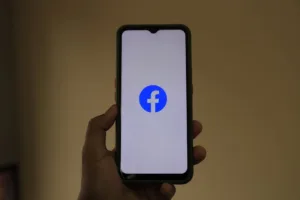
Jeffrey Bowie, CEO of the cybersecurity firm Veritaco, has been charged with two counts of violating Oklahoma’s Computer Crimes Act for allegedly installing malware on employee computers at SSM Health’s St. Anthony Hospital in Oklahoma City. The incident, which occurred on August 6, 2024, involved malware that captured screenshots every 20 seconds and transmitted data to an external IP address. Hospital staff detected the unauthorized access in real-time, preventing a potential data breach.1, 2
Incident Overview
The malware deployed by Bowie reportedly targeted an employee-only computer, capturing screenshots at regular intervals and exfiltrating them to an external server. According to court documents, the attack was detected by hospital IT staff, who identified unusual network activity and halted the data transmission before sensitive information could be compromised.3 While no patient data was breached, the incident raises concerns about insider threats in healthcare cybersecurity, particularly from individuals with privileged access.
Legal and Regulatory Implications
Bowie faces potential penalties under Oklahoma’s Computer Crimes Act, which classifies such offenses as either misdemeanors or felonies depending on intent and damage caused. A misdemeanor conviction could result in a $5,000 fine and up to 30 days in jail, while felony charges carry fines of up to $100,000 and imprisonment ranging from one to ten years.1 Although HIPAA violations were avoided due to the hospital’s quick response, the case highlights the risks posed by malicious insiders in regulated industries.
Broader Trends in Insider Threats
This incident follows a pattern of insider-related cybersecurity breaches in healthcare. Recent cases include a pharmacist installing spyware on colleagues’ devices and a therapist accessing patient records without authorization.2 Such incidents underscore the need for robust access controls, behavioral monitoring, and employee vetting—especially in organizations handling sensitive data.
Relevance to Security Professionals
For security teams, this case serves as a reminder to implement strict least-privilege access policies and monitor privileged accounts for anomalous activity. Real-time detection mechanisms, such as endpoint monitoring and network traffic analysis, can help mitigate similar threats. Additionally, organizations should conduct regular audits of third-party vendors, particularly those with cybersecurity responsibilities.
Conclusion
The charges against Bowie highlight the dual risks of insider threats and the misuse of cybersecurity expertise. While technical safeguards prevented a breach in this case, the incident reinforces the importance of layered security measures—including behavioral analytics and strict access controls—to defend against malicious actors, whether external or internal.
References
- “Cybersecurity Firm CEO Charged with Installing Malware on Hospital Computer,” HIPAA Journal, 2024.
- “Cyber Firm CEO Accused of Placing Malware on Hospital Device,” BankInfoSecurity, 2024.
- “Edmond Cybersecurity CEO Accused of Major Hack at Hospital,” KOCO News, 2024.
- “CEO of Cybersecurity Firm Charged with Installing Malware on Hospital Systems,” Security Affairs, 2024.
- “Cybersecurity Executive Arrested for Hospital Data Breach,” Becker’s Hospital Review, 2024.





